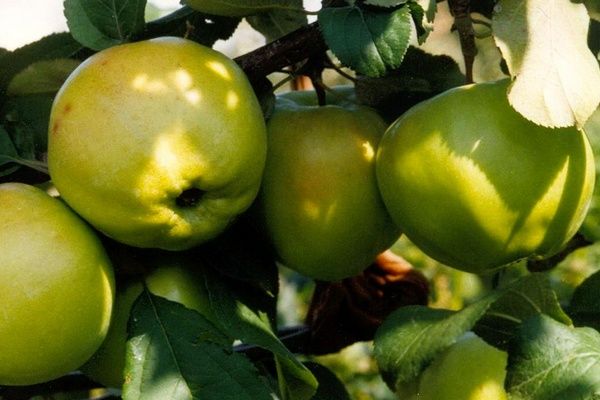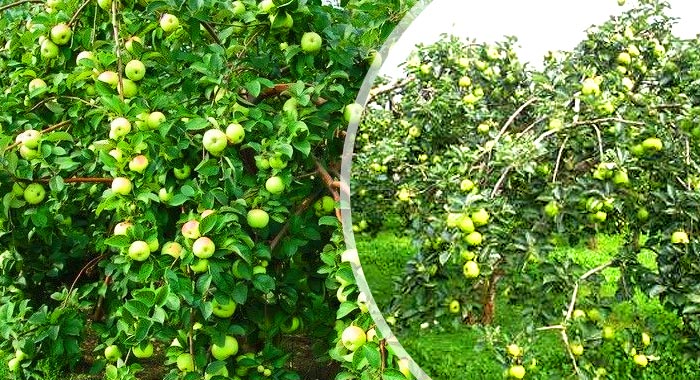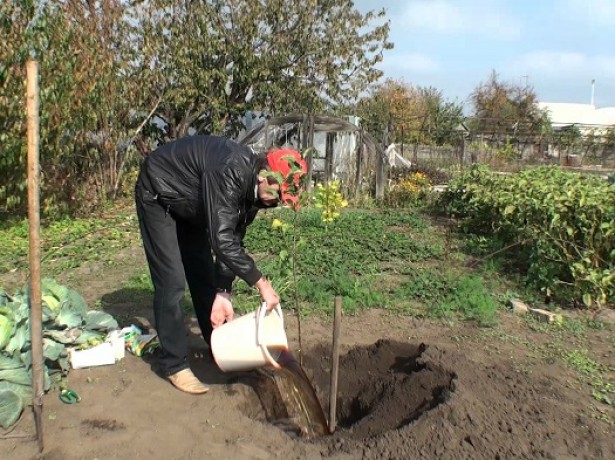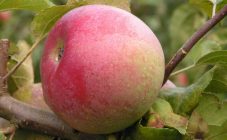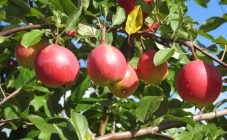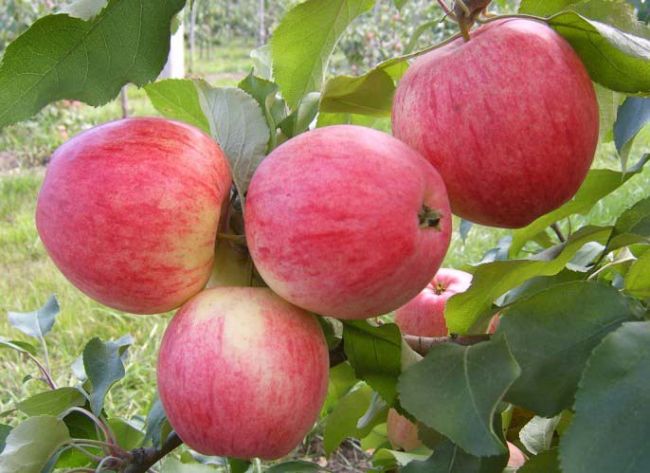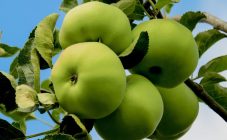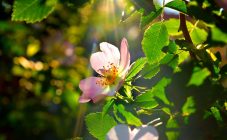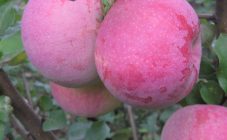Content:
Low-growing varieties of apple trees are of particular interest for gardeners who have small summer cottages. The height of the dwarf apple also makes it easier to harvest. It is surprising that, despite their low growth, such trees are high-yielding and form large tasty apples. One of these apple trees is the relatively new Bratchud variety.
The history of the appearance of the variety
The apple tree Bratchud is an achievement of the Chelyabinsk selection and was obtained as a result of crossing the varieties Uralskaya Zimnyaya and Vydubetskaya Plakuchaya. The variety was bred in the Yuzhnouralsk Research Institute of Fruit and Potato Growing in Chelyabinsk, popularly called the dwarf apple-tree MA Mazunin. Since 2002, Bratchud has been zoned for the regions of the Urals and Siberia.
Many are surprised by the rather strange name of the variety, in fact, it is an abbreviation of its full name - Brother of the Chudny. Apple tree Chudnoe also belongs to the undersized varieties bred by the breeder Mazunin.
The apple tree Brother Chudny is an excellent material for breeding culture, therefore it is used for breeding individual subspecies: dwarf, super dwarf, creeping, naturally low apple trees.
Variety characteristics
The description of the Bratchud apple tree boils down to assessing the most important indicators of the variety. They are presented below.
Frost resistance
Since Brother Chudny was bred in order to create the most winter-hardy apple tree, it is distinguished by high frost resistance of shoots and vegetative parts. At air temperatures in winter below 40 ° C, only the root system can freeze. The roots are too close to the surface of the earth, so the trunk circle needs to be insulated for the winter.
Ripening terms
In terms of ripening, the Brother Chudny apple variety belongs to the winter varieties of culture. The apples on the tree ripen in late September but are harvested in mid-October. The fruits do not fall off the branches, just late picking increases the storage time of apples.
Tree options
Bratchud is a natural low-growing apple tree, therefore its height does not exceed 2.7 m.Depending on the rootstock system, it can reach only 2 m.The skeletal branches of Bratchud are spreading, grow horizontally from the trunk and, together with new shoots and foliage, form a flat-round crown having a diameter up to 3.5 m. The bark of skeletal branches is dark brown, shoots are lighter with a green tint. The leaf plates are large, dark green, oblong, slightly downward.
Characteristics of the fetus
The fruits of Brother the Wonderful ripen at the same time, while their size can fluctuate between 110-200 g. The background color of the fruit is yellow-green, covered with a blurred reddish-pink blush. The skin is smooth, glossy, free of plaque. The pulp is white, incredibly juicy, grainy, sweet-sour aroma is poorly expressed. The tasting score for Bratchud apples is 4.7 points.
The fruits are also characterized by high commercial qualities - keeping quality and transportability. Apples with timely collection and ensuring the correct storage conditions (the air temperature should be within 3-7 ° C) lie up to 5 months.
Yield
A mature tree has reliable, stable yields. With a minimum of care, 120-150 kg of large tasty apples can be harvested from one specimen.Apple tree dwarf Bratchud begins to bear fruit for 3-4 years. Its main advantage is the lack of frequency of fruiting - it is harvested annually.
The Bratchud apple tree is a cross-pollinated variety, so it needs a pollinator to set fruit. Some of the pollinators are able to increase the yield of the tree. These include the following apple trees: Snowdrop, Chudnoe, Sokolovskoe, Land.
Disease resistance
The Bratchud variety does not differ in increased resistance to fungal apple diseases. Therefore, special attention should be paid to preventive wood treatments to protect against scab and powdery mildew.
Features of agricultural technology
After purchasing a Bratchud apple tree seedling, you need to plant it correctly, as well as provide competent care, and in a few years it will delight you with its first harvest.
Landing
Brother Chudny can be planted in the spring with sufficient soil warming (planting is carried out from early April to early June, depending on the type of root system and region of the country) or in the fall, at the end of September.
A shallow planting hole with dimensions of 50 × 50 cm is dug under a tree, a nutrient mixture of humus and peat, taken in equal amounts, is introduced into it, a support is installed. After carrying out all the preparatory operations, the Bratchuda sapling is placed in the pit, carefully straightening the roots.
Since this apple tree needs pollination, while it has a spreading horizontal crown, it is recommended to plant it at a distance of at least 3 m from other trees and shrubs.
Care
In order for the Bratchuda seedling to take root and quickly adapt to new conditions, you need to perform several standard measures for caring for a young plant.
- Watering. After planting, before the beginning of fruiting of Bratchud, watering is carried out 1 time in 2 weeks, pouring 20 liters of water under the tree.
- Mulching the trunk circle will reduce the growth of weeds and prevent the soil from drying out quickly.
- Top dressing. The first feeding of Bratchud should be carried out only 2 years after planting with the introduction of complex mineral fertilizers.
- Pruning. Crown formation has a positive effect on yield. The first pruning is 1/3 of the length of the shoots. Thinning of the crown is carried out annually, since the branching of the tree leads to its thickening. In order for strong shoots to develop well and quickly, weak ones must be removed every year.
Advantages and disadvantages
The list of advantages of the Bratchud variety is quite long:
- high annual yield even in short summers and unfavorable weather;
- taste and marketability of fruits;
- frost resistance of the tree, which allows you to grow large apples even in the cold regions of the country;
- undersized variety, making it easier to eat apples;
- no interruptions in fruiting;
- long shelf life, allowing you to serve fresh apples from your own garden to the New Year's table or use them until the end of winter;
- the versatility of using apples, fresh or processed.
This apple tree has two significant disadvantages:
- medium resistance to fungal diseases;
- decrease in the quality of apples during steady hot weather.
The Bratchud apple tree is an excellent choice for a small garden plot located in an area with a cold, unfavorable climate. With its low growth, it will delight you with a high yield of incredibly tasty and large fruits suitable for long-term storage.
